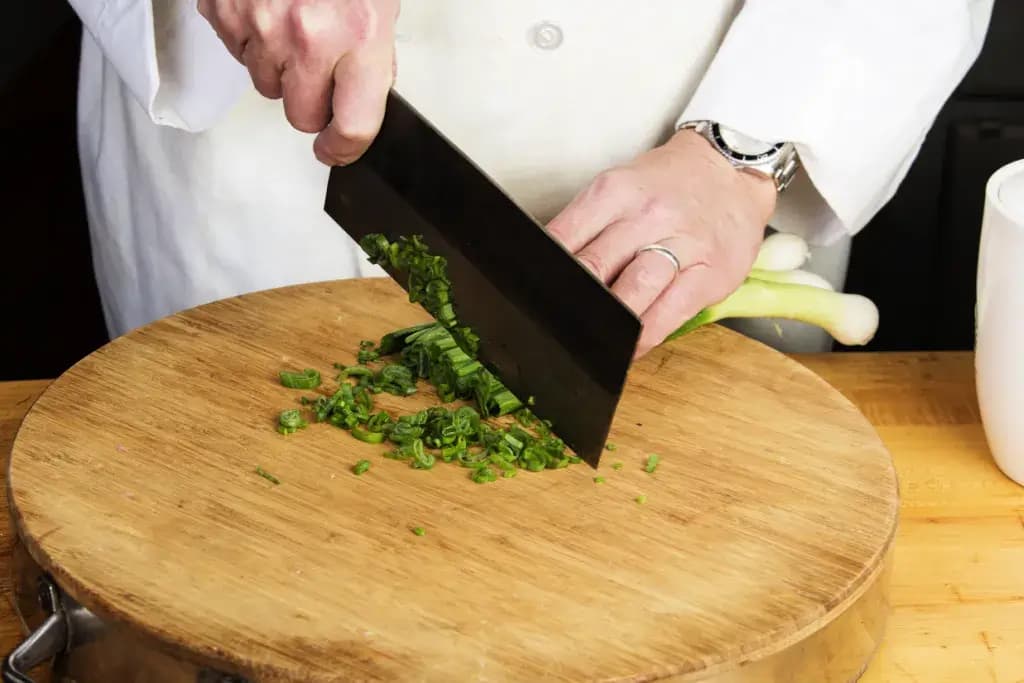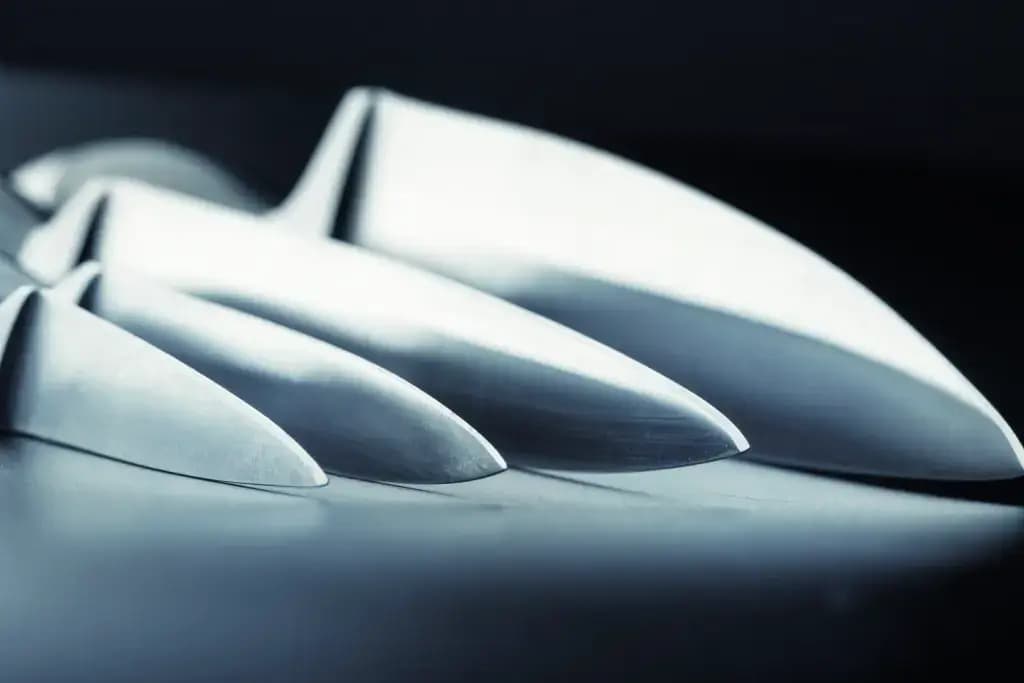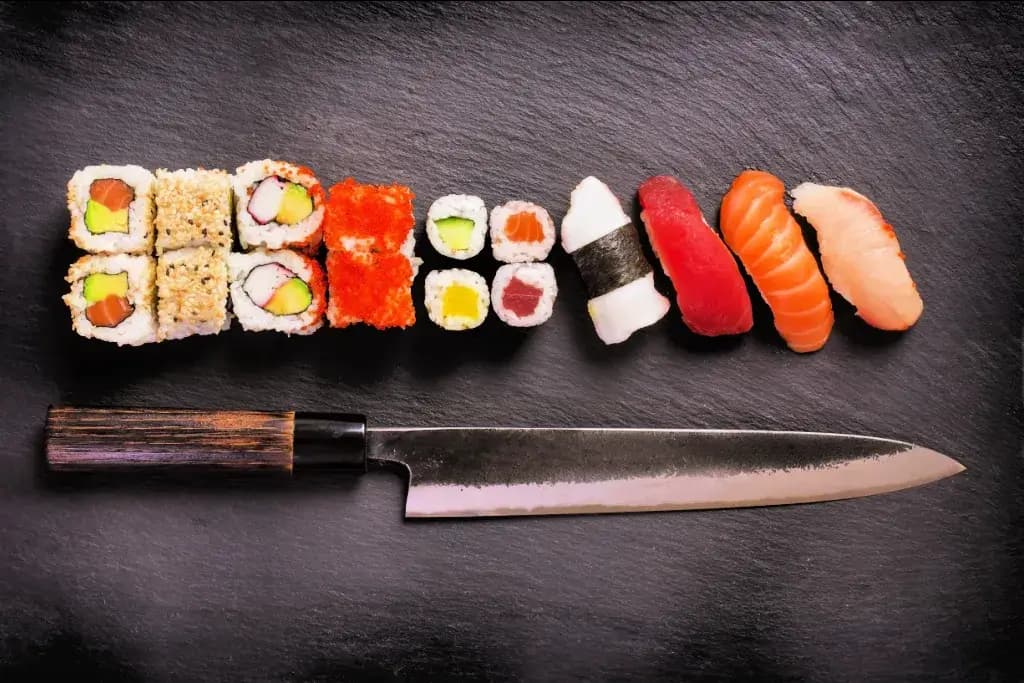

2025 SEPTEMBER 22
.Thuy Fang
Bunka Knife: Useful for Every Home Cook!
When we speak of versatile Japanese knives, the bunka naturally comes to mind. Born during the era when Western dishes entered Japan, this knife quickly proved its value. It remains trusted in Japanese kitchens, showing how skillfully it adapts to Eastern and Western cooking. Let us look closer at this practical and elegant blade!
What is a bunka knife?
The bunka knife is a Japanese multi-purpose kitchen knife. Its name means “culture knife”, showing its close link to Japanese food traditions. The blade usually measures 120-180mm, with 165mm being the most practical length for most kitchens. With its wide blade, flat edge, and special “reverse tanto” or “k-tip” point, the bunka is valuable and elegant.
The bunka is known for its razor-sharp edge, usually ground at 10-15 degrees, which makes it sharper than many Western knives. Most bunka knives are double bevel, so both right- and left-handed cooks can use them efficiently. The handle can be a traditional Japanese wa-handle, which feels light and nimble, or a Western-style handle with a firmer grip. This thoughtful design makes the knife precise, comfortable, and balanced.
The bunka is best suited for seafood, meat, and vegetables and is valued by both professionals and home cooks. Its shape combines versatility with precision, allowing quick slicing and careful detail work in one tool.

When was it created?
The bunka knife first appeared in Japan during the Meiji era (1868-1912), a time when Japan opened its doors to Western culture and food. New dishes using beef and other meats became popular, and home cooks needed versatile knives that could handle traditional and modern ingredients. The bunka, gyuto, and santoku emerged as innovative solutions for this new way of cooking.
This type of knife quickly became a favorite in Japanese homes because it saved time and effort in the kitchen. It symbolized a shift from using one knife for each ingredient to choosing a single tool for many tasks.
Are you looking for expand your kitchen tools? Check out ZAKU! ZAKU has authentic knives handmade in Japan for all of your culinary needs!

What is the process of making a Bunka knife?
The craft follows the proud traditions of Japanese blacksmithing. Skilled artisans begin with carefully chosen steel, often high-carbon varieties like white or blue steel. The blade slowly takes form through repeated heating, hammering, and shaping, much like a miniature katana sword. Each strike of the hammer strengthens the steel and builds the knife’s strong yet elegant profile.

Some bunka knives are forged as honyaki, crafted entirely from a single piece of hard steel. These blades are very sharp and keep their edge long, but require careful handling. Others are made as kasumi, with a softer iron combined with hard steel. This lamination gives the knife extra toughness, easier sharpening, and the mist-like contrast of metals, making the blade beautiful.
After forging, the knife is carefully ground, polished, and sharpened by hand. The wide blade is finished smooth, and the reverse tanto tip is refined to a fine point. These steps highlight not only the bunka’s cutting strength but also its artistry.
How should I use this knife?
Using a bunka knife is about letting the blade do the work. Its wide, flat edge makes it perfect for chopping straight down or pushing forward in smooth cuts. With this motion, vegetables, fruits, fish, and herbs fall cleanly with little effort. The knife’s tall blade also gives space for your knuckles, keeping your hand safe while working.
The angled tip is a highlight of the bunka. It allows you to handle delicate tasks such as peeling garlic, slicing thin herbs, or trimming small pieces of meat. You can even pierce chicken skin or make neat patterns on vegetables. The wide blade is also handy for scooping ingredients from the cutting board. Remember to use the spine, not the sharp edge, to keep the blade safe.
Caring for a bunka is simple but important! First, always wash it by hand and dry it right away to prevent rust. Also, never twist or scrape with the edge, as Japanese steel is very hard and can chip. Finally, keep its razor-sharp edge alive by sharpening with a water whetstone at a gentle angle. If treated with care, your bunka will stay sharp, precise, and ready for every kitchen task.
Why is this knife suitable for me?
A bunka knife is a good choice if you want one tool that feels both useful and meaningful. It’s not only about cutting food but also about enjoying the craft and history behind it. Its design brings balance, precision, and a sense of tradition into everyday cooking. At the same time, it is light, versatile, and easy to handle for many tasks.

Choosing this knife is less about replacing others and more about adding something special to your kitchen. It connects you to Japanese culture while helping you cook easily and carefully. How about you? Could the bunka belong in your kitchen? I’d love to hear your thoughts in the comments.



















